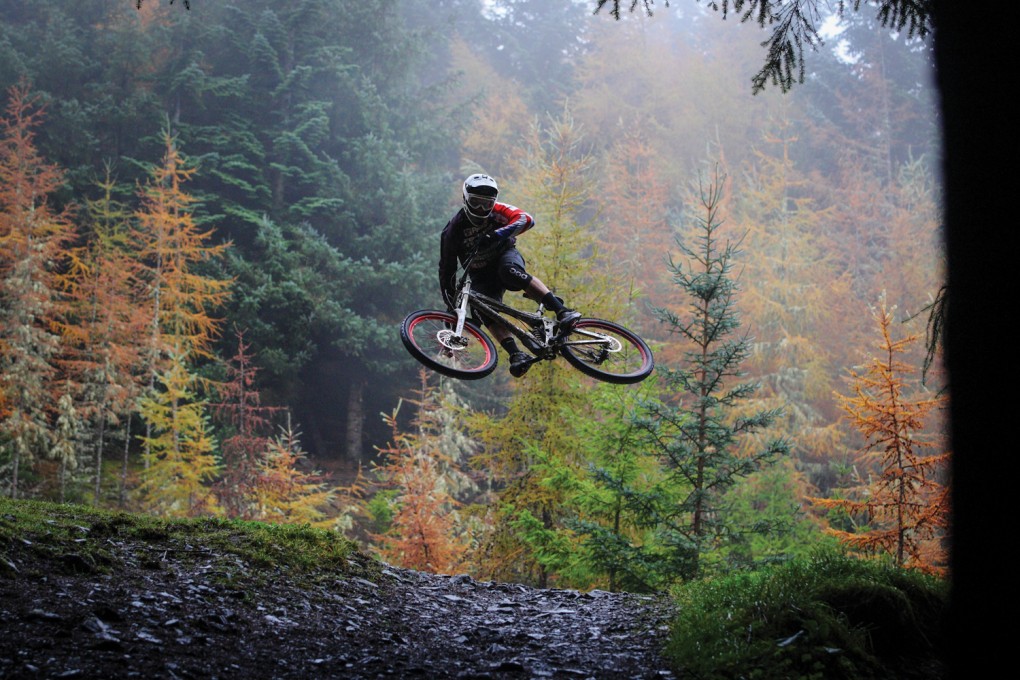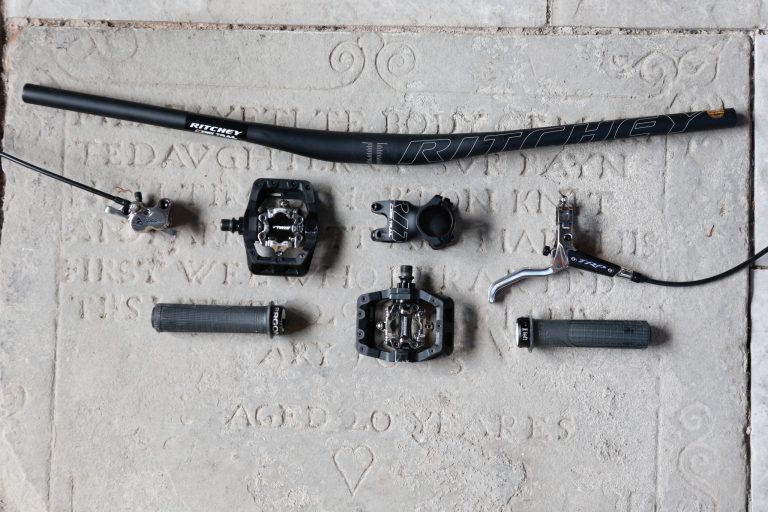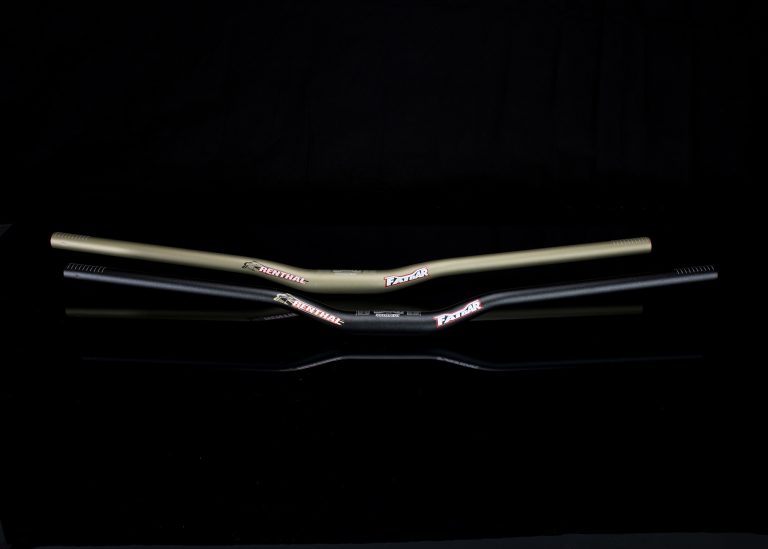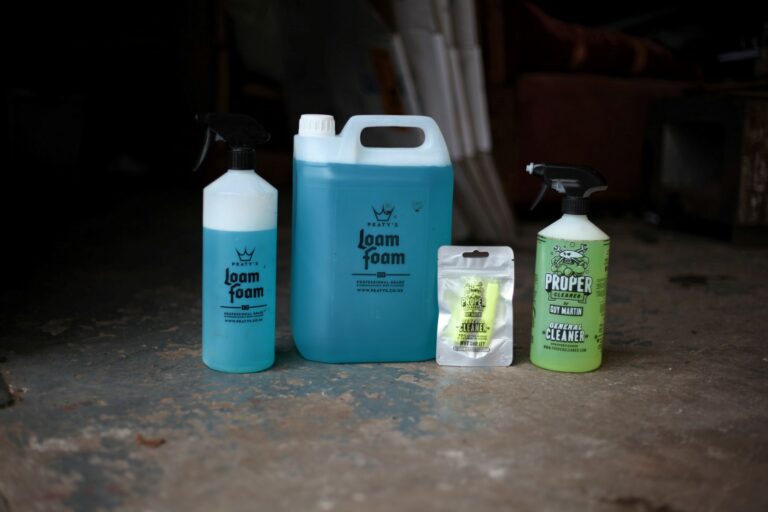
The derailleur system, been around since 1800’s, still going strong. The parallelogram method has had one hell of a good innings. Campagnolo’s Gran Sport of 1949 vintage, Suntour’s slant of 1964 and Shimano’s index system from 1985 have all advanced the pastime of cycling…
From Dirt Issue 130 – December 2012
Words by Steve Jones. Photos by Steve Jones.
Trouble is mountainbiking involves a load of shit being introduced to such systems – mud, grit and finely tuned transfers have never had a fully engaging life off–road. Pure downhill is a sport of few shifts especially on the non–competitive side, many have proved that even a bike less its mode of drive can sometimes be faster…chainless races.
The advance of the gearbox bike has threatened for many years. When Honda introduced their highly secretive and successful ‘derailleur in a box’ method many companies rallied to bring out their own. They have hardly taken off. Heavy, overly engineered and expensive, nobody has really introduced anything that is anything more than a passing flirtation.
For many the need lingers. A bike that can be ridden, then thrown in the corner until the next outing, a bike that needs little maintenance, one that is not exposed to straying rocks, one that does not clatter. One that does not cost a fortune…just one will do!
New Zealand manufacturer Zerode have an answer to many of these questions. Housing the very reliable Shimano Alfine hub within a clean and unique chassis designed around a high pivot and super rearward axle path we took a trip to Innerleithen (Scotland) to see how it fared on some proper downhill terrain.
 RIDE
RIDE
The Zerode is very much a ‘downhill only’ machine, this is a good thing in many ways, not in others. It does not compromise itself in the name of ‘pedal efficiency’ as do some long travel bikes. However, many long travel bikes have to be biased more towards the long travel trail bike mentality simply because of organisers attitudes that there needs to be such dumb tracks as Canberra or this year’s pedal heavy Leogang. However, if you subscribe to the fact that downhill should be predominantly gravity led then there is room for bikes like the Zerode.
Why? Firstly, because there are no distractions, this is what struck me very clearly within seconds of taking off. The mood is very much about riding, hitting the line, steering; without having any racket of metal to metal. Compared to such bikes as the superlight 33lb Santa Cruz V10 or Mondraker Summum, the Zerode is less flighty or fidgety, the heavier weight distributed around the middle of the bike.
With its efficient suspension design and rearward axle path the Zerode offers a great amount of traction, less collisions. It is less immediate and intuitive in pick up than the super light offerings but that doesn’t mean it cannot be that way. Having spent time on it I feel this is partly due to the axle path rather than weight; the rearward axle path affecting weight transfer with the continually changing ratios of front–to–rear centre meaning you are never  quite as central as some bikes for the ride time. This takes a run or two to get used to, still, over a longer run it can introduce some pressure on the forearms. It was only later that I noticed that the test bike I was riding had a big backsweep on the handlebars to compensate for this.
quite as central as some bikes for the ride time. This takes a run or two to get used to, still, over a longer run it can introduce some pressure on the forearms. It was only later that I noticed that the test bike I was riding had a big backsweep on the handlebars to compensate for this.
The overall feeling of the Zerode however is very upbeat and refreshing. It’s a first instalment but a very good one. Joe Connell has proved it can win races at the highest level, taking this year’s National Championships. Once the Zerode gets a bigger spread of sizes the way ahead for this bike looks clear and bright. The guys should be saluted in their approach and mindset to produce such a machine.
There are far better pedal–efficient long travel bikes available on the market, there are lighter downhill bikes, yet overall the balance of what this bike offers certainly eclipses those factors as long as the bike is used on its intended terrain – downhill. I think the challenge lies for people to devise confrontations for this style bike – one where the rider has to steer, search for traction and sweep through rock and root sections. A bike fit for healthy abuse.
Prices from £2700
Like gearbox bikes? Try these articles:
OMG! Someone has actually ridden a fatbike fast, and it’s even got a gearbox!






